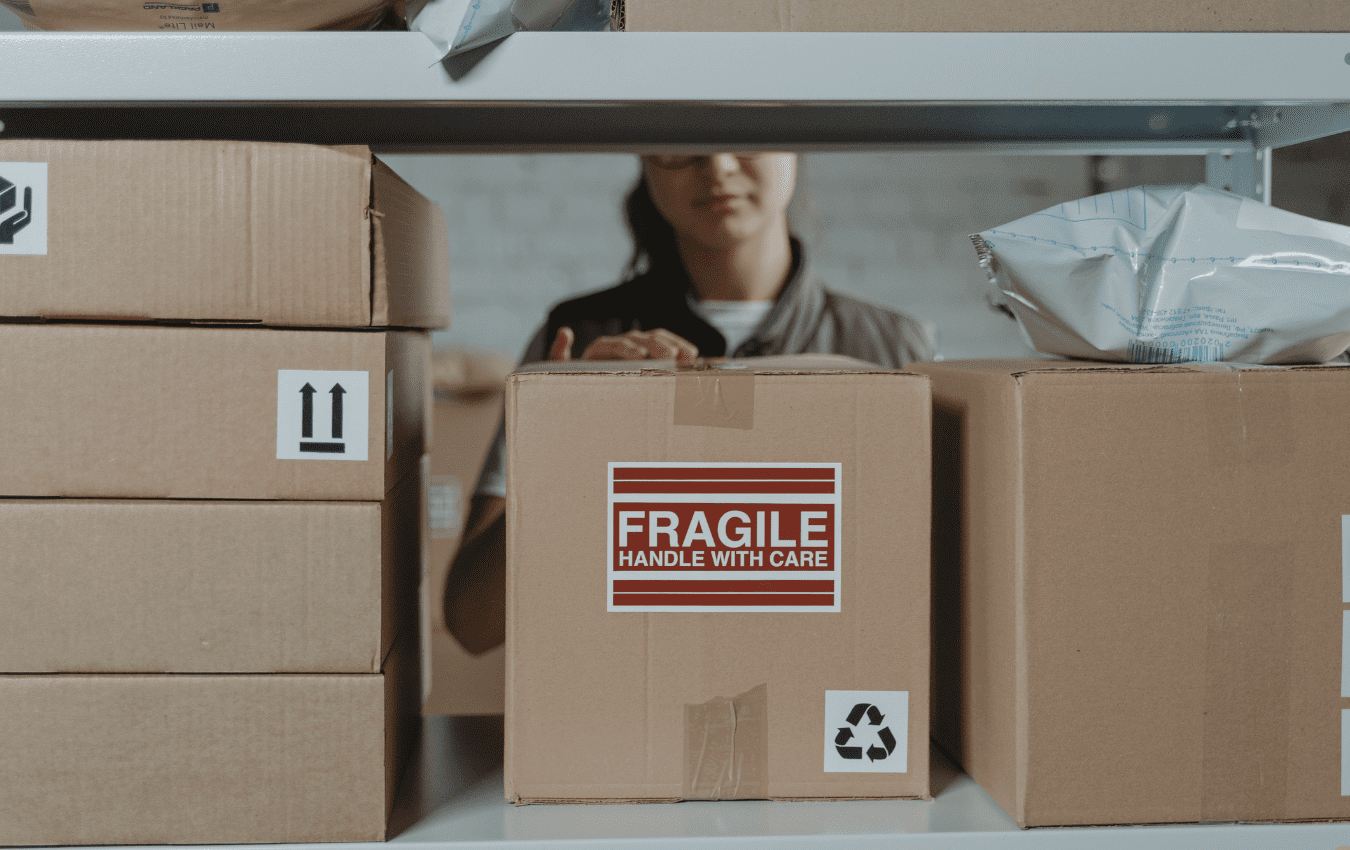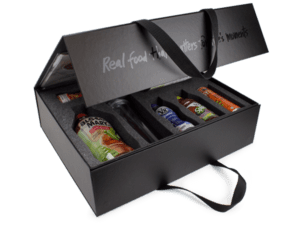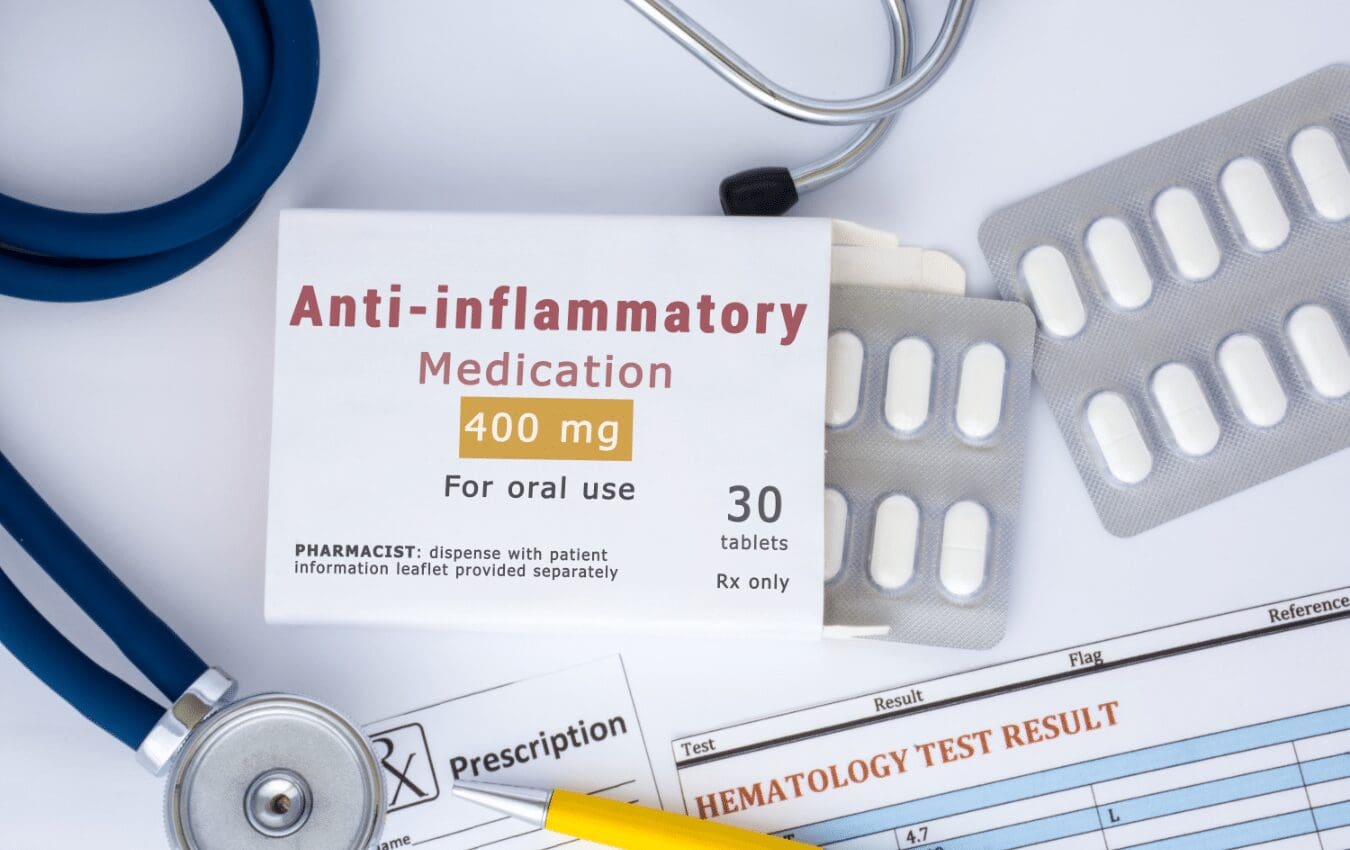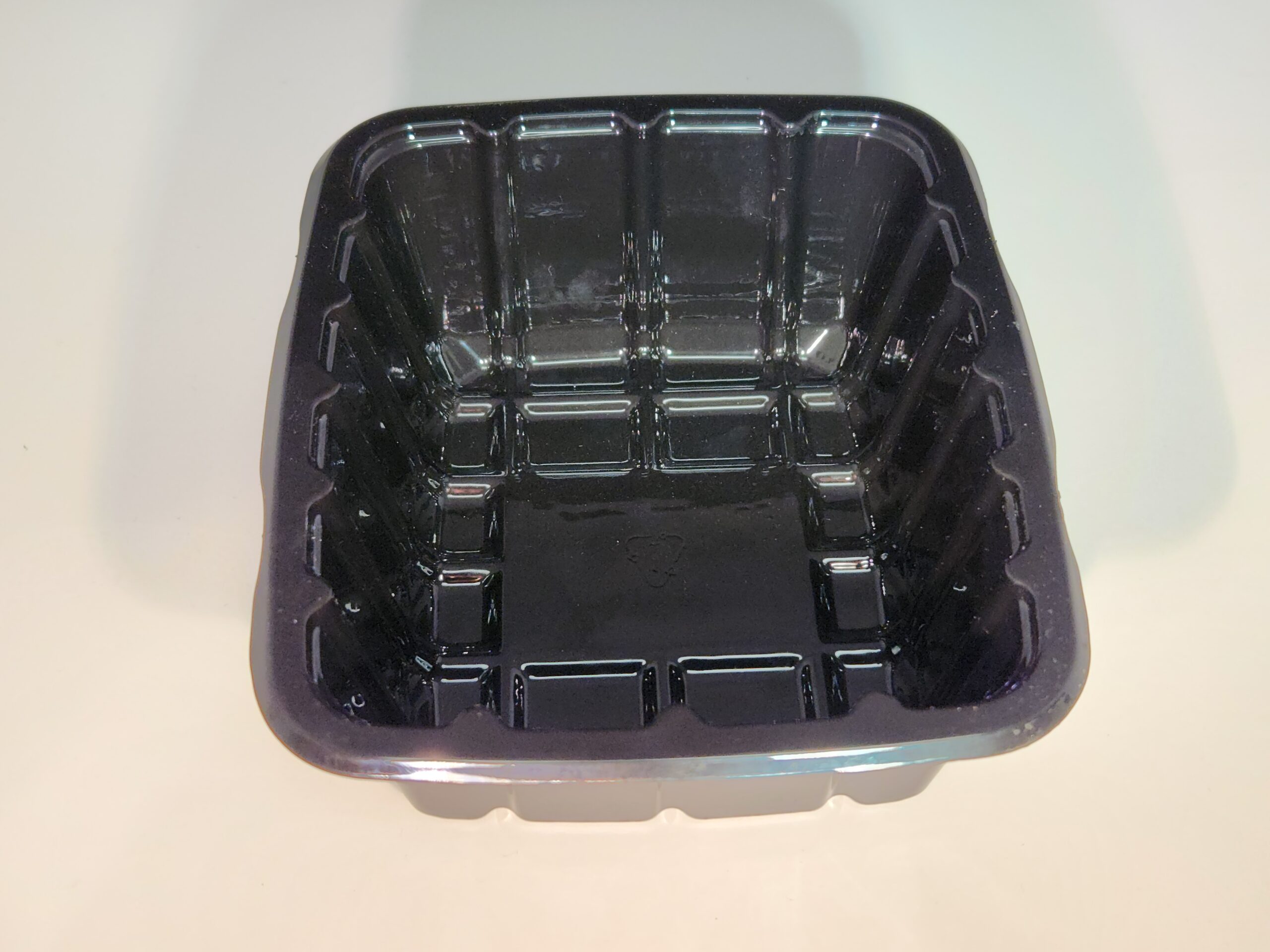Home » Strategies to Reduce Dust, Moisture, and Tampering in Packaging
Strategies to Reduce Dust, Moisture, and Tampering in Packaging

Effective packaging serves multiple purposes, including protecting products from dust, moisture, and tampering. These elements can compromise product quality, safety, and integrity during storage and transit. In this blog, we will explore various strategies and best practices to help you minimize the impact of dust, moisture, and tampering on your packaged goods.
Reducing Dust
Select Appropriate Packaging Materials:
Choose packaging materials that offer good dust resistance. Sealed materials like plastics, laminates, or coated cardboard can create a protective barrier between the product and external dust particles.
Implement Sealable Closures:
Use packaging designs with sealable closures like zip-lock bags, resealable pouches, or adhesive seals. These closures keep dust out and allow consumers to reseal the package after use.
Proper Handling and Storage:
Store products in a clean and controlled environment before packaging. Ensure employees handling the products wear gloves and follow good hygiene practices to prevent contamination.
Regular Cleaning:
Maintain a clean packaging area to minimize dust contamination during the packaging process. Regularly clean equipment, conveyor belts, and packaging surfaces.
Protective Inner Packaging:
Consider using inner packaging layers, such as liners or inserts, to shield products from dust. For example, placing electronics in anti-static bags can prevent dust and electrostatic discharge.

Mitigating Moisture
Moisture-Resistant Materials:
Select packaging materials with inherent moisture resistance, such as moisture-barrier films or laminated materials. These materials protect against humidity and moisture infiltration.
Desiccants and Humidity Control:
Include desiccants or humidity control products inside the packaging to absorb excess moisture. Silica gel packets and moisture-absorbing sachets are common options.
Seal Integrity:
Ensure that packaging seals are strong and airtight. Quality control checks should verify that no gaps or defects exist in the sealing process to prevent moisture ingress.
Protective Coatings:
Use coatings or laminates that provide a moisture-resistant barrier for printed packaging materials. This helps maintain the integrity of labels and graphics.
Proper Storage:
Store packaged products in a dry environment with controlled humidity levels. Warehouses and storage areas should be equipped with adequate ventilation and dehumidification systems.

Preventing Tampering
Tamper-Evident Seals:
Incorporate tamper-evident features like shrink bands, breakable seals, or tear strips into your packaging design. These features indicate if the package has been tampered with.
Security Labels:
Apply security labels that leave a visible mark or message when removed. These labels discourage tampering and provide a clear indication if tampering has occurred.
Serialization and Track-and-Trace:
Implement serialization and track-and-trace systems to monitor and authenticate product movement through the supply chain. This helps identify anomalies and potential tampering incidents.
Employee Training:
Train your staff to recognize signs of tampering and follow proper security procedures. Encourage them to report any suspicious activities or findings.
Regulatory Compliance:
Adhere to industry and regulatory standards for tamper-evident packaging. Compliance ensures that your products meet safety and security requirements.

By implementing these strategies and best practices, you can significantly reduce the risks associated with dust, moisture, and tampering in packaging. Remember that the specific approach may vary depending on your product type, industry, and regulatory requirements, so it’s essential to assess your unique needs and tailor your packaging solutions accordingly. Ultimately, effective packaging safeguards your products and enhances their overall quality and safety.
If you are interested in proper packaging, then partner with Brown Packaging today to get started.
RSC boxes are known for their efficiency and versatility, but their performance ultimately comes down to strength. Buyers often see numbers like ECT, BCT, and burst strength on specifications —
In packaging, foam isn’t just about initial protection — it’s about maintaining performance over the entire shipping or storage cycle. Compression set and recovery characteristics determine whether foam continues to
Pouches are a go-to for flexibility and convenience, but they can fail in critical ways—from poor seals to punctures and delamination—that hurt performance and brand reputation. Understanding these failure points
In the retail environment, the placement of Point of Purchase (POP) displays is just as critical as their design and content. Strategic positioning can significantly influence consumer behavior, increase product
Home » Strategies to Reduce Dust, Moisture, and Tampering in Packaging





